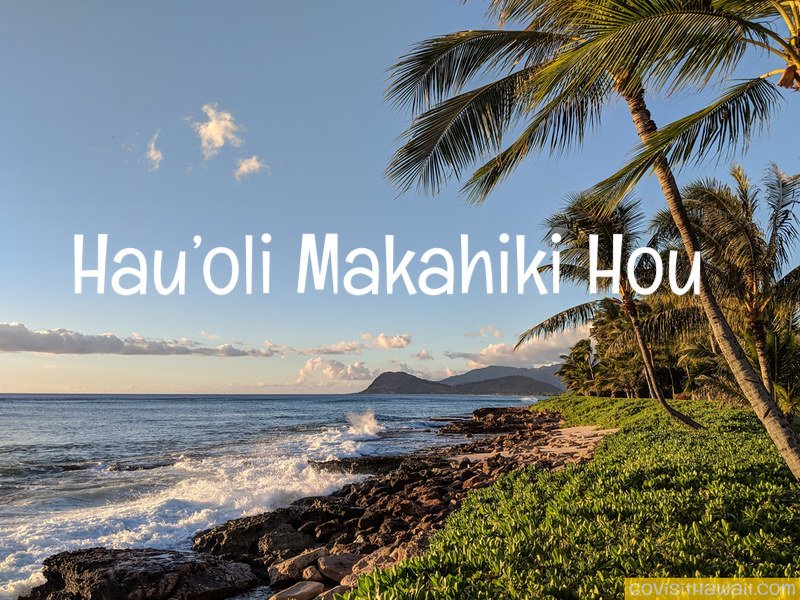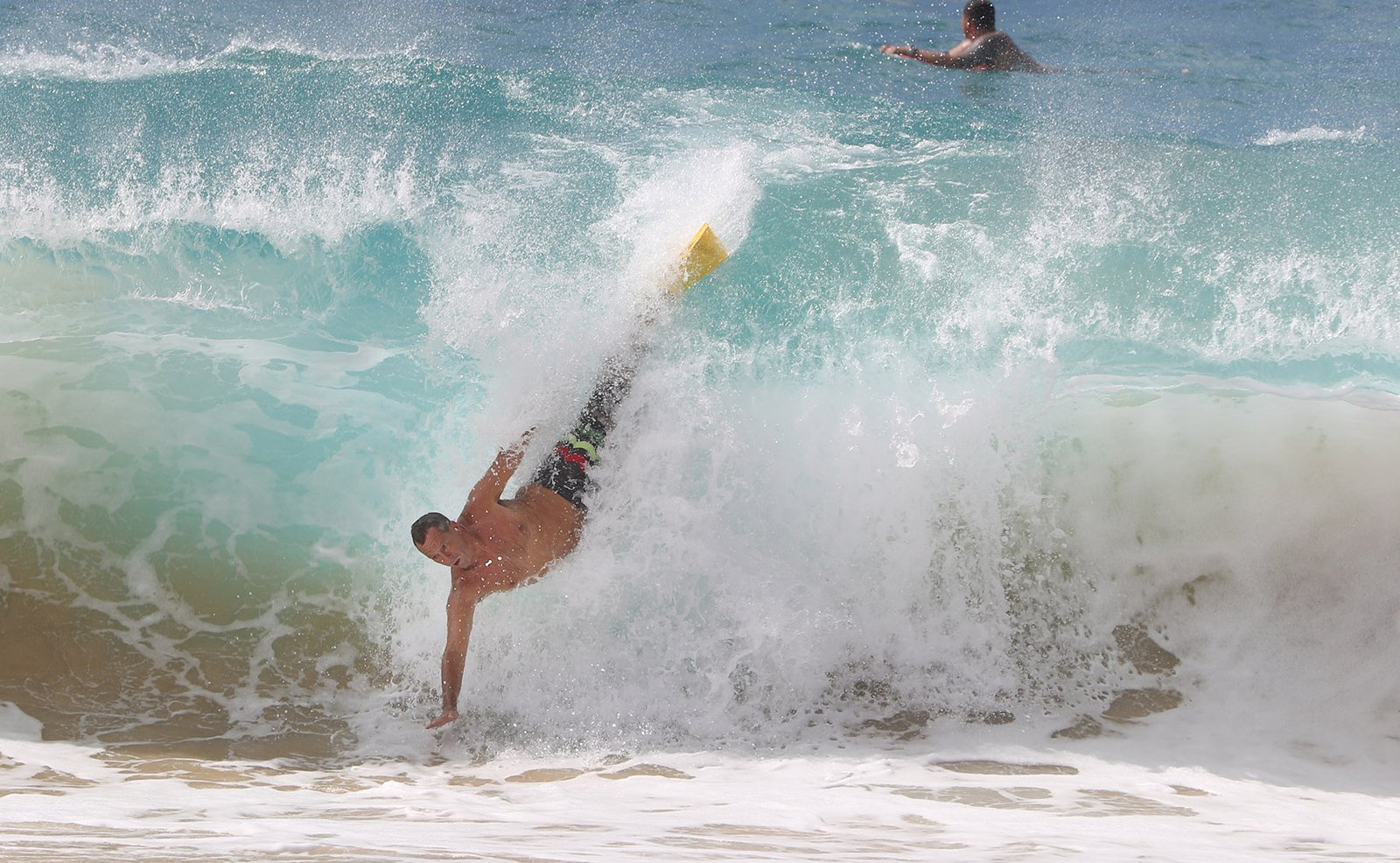For many years, actually decades, we’ve flown this aircraft to and from Hawaii (on well over 100 flights). But we’d never given much thought to it until comments by some of our pilot friends, both here on Beat of Hawaii and those we know personally, made us realize just how beloved and significant this aircraft has been to Hawaii travel. In addition, BOH’s editors flew on the venerated plane this summer, and we have to say, it was truly excellent in some weird, out-of-our-past way. Read, United Airlines Hawaii Polaris Review: Excellent!
Here’s why we’ve gained a new respect for the Boeing 757, which played a crucial role in shaping today’s Hawaii travel landscape.
- Direct Routes to Neighbor Islands: The Boeing 757, still called the “flying pencil” due to its elongated fuselage, gained ETOPS-180 certification in 1992, allowing it to be early in the twin-engine flight to Hawaii generation. Before that, flights to Hawaii primarily used 3-engine and 4-engine jets. Those were followed by the larger twin-engine Boeing 767. But all of those prior, larger planes faced limitations in servicing Hawaii’s neighbor islands, making direct flights challenging.
- Three Airlines Revolutionized Hawaii Travel: American Airlines, Delta Airlines, and United Airlines all adopted the Boeing 757 for Hawaii routes in the 1990s. They ushered in a new era of direct flights that bypassed Honolulu and included routes from further afield. For instance, United Airlines operates 757 flights from Denver to Kauai and Kona. Delta offers a 757 route from Seattle to Honolulu, opening up previously unfeasible travel options.
- Workhorse Plane: The Boeing 757-200, resembling a stretched version of the Boeing 727, but with two engines instead of three, became a workhorse for Hawaii travel. It featured powerful engines and a 2×2 seating configuration in first class and 3×3 in economy. Despite some passengers finding it less comfortable, it served its purpose well.
- An aircraft that just won’t quit. While American Airlines retired its 757-200 fleet in 2019, Delta and United continue to operate them with well deserved retirement plans in progress.
- Transition to Boeing 737 MAX and Airbus A321. Those are the aircraft replacing these aging 757 planes, signaling the end of an era we have a new respect for.
- ETOPS-180 on the Boeing 757 predated 737: Before 1999, when Boeing 737 received ETOPS-180 certification, it could not fly to Hawaii. So for many less dense routes than was appropriate for widebodies, the Boeing 757 was the aircraft of choice. Thereafter, the 737 started to replace 757s, while the 757’s longer range still retained key advantages. For the most in-demand West Coast routes to Hawaii, however, the 737 proved to be a highly efficient, capable aircraft for reaching the islands. That’s still true today.
- Prior to American, Delta, and Hawaiian Airlines’ Airbus A321neo. Hawaiian Airlines, in particular, needed a fleet to reach the neighbor islands more cost-effectively, while American and Delta had the Boeing 757. Recognizing the demand for direct flights to and from the islands, all three acquired fleets of Airbus A321neo narrow-body planes. This allowed them all to effectively compete on popular, narrow routes that the Boeing 757 had pioneered years earlier.
Boeing 757 in the annals of Hawaii flights.
The Boeing 757 has had a lasting impact on Hawaii travel, enabling direct flights and contributing to the evolution of the islands’ airline industry. While it’s being phased out now, its legacy lives on in the modernization of Hawaii travel.






Leave A Comment